- Organizations rarely have both the sufficient knowledge and resources to properly evaluate, select, and implement an enterprise application software (EAS), forcing them to turn to external partnerships.
- Inadequate and incomplete requirements skew the EAS selection in one direction or another. Many EAS projects fail due to a lack of clear description and specification of functional requirements.
- The EAS technology market is so vast that it becomes nearly impossible to know where to start or how to differentiate between vendors and products.
Our Advice
Critical Insight
- Accountability for EAS success is shared between IT and the business. There is no single owner of an EAS. A unified approach to building your strategy promotes an integrated roadmap so all stakeholders have clear direction on the future state.
- While technology is the key enabler of building strong customer experiences, there are many other drivers of dissatisfaction. IT must stand shoulder-to-shoulder with the business to develop a technology framework for enterprise applications.
- EAS projects are more successful when the management team understands the strategic importance and the criticality of alignment. Time needs to be spent upfront aligning business strategies with EAS capabilities. Effective alignment between IT and the business should happen daily. Alignment doesn’t just occur at the executive level but at each level of the organization.
Impact and Result
- Conduct an EAS project preparedness assessment as a means to ensure you maximize the value of your time, effort, and spending.
- Gather the necessary resources to form the team to conduct the EAS selection.
- Get the proper EAS requirement landscape by mapping out business capabilities and processes, translating into prioritized EAS requirements.
- Review SoftwareReviews’ vendor reports to shortlist vendors for your RFP process.
- Use Info-Tech’s templates and tools to gather your EAS requirements, build your RFP and evaluation scorecard, and build a foundational EAS selection framework.
Member Testimonials
After each Info-Tech experience, we ask our members to quantify the real-time savings, monetary impact, and project improvements our research helped them achieve. See our top member experiences for this blueprint and what our clients have to say.
9.4/10
Overall Impact
$71,667
Average $ Saved
19
Average Days Saved
Client
Experience
Impact
$ Saved
Days Saved
Golding Contractors Pty Ltd
Guided Implementation
10/10
$5,460
2
Getting clarity around some of the tools available and some of the traps and pitfalls of the selection process
Make-A-Wish Foundation of America
Guided Implementation
9/10
$13,700
5
Confirmation of our approach and consideration for other options, vendors. Also validation the leading contender is a top player.
Town of Mooresville
Guided Implementation
10/10
$548K
120
Lower Hudson Regional Information Center
Guided Implementation
10/10
N/A
N/A
At this point I do not know what the financial and time impact will be. I'd just like to say that Hong has been an invaluable guide and support to... Read More
Methodist Ladies' College
Guided Implementation
10/10
$9,100
10
Best part is the list of requirements and use cases which we can use as a starting point.
Aquent
Guided Implementation
10/10
$137K
50
Mohegan Gaming & Entertainment
Workshop
10/10
$34,250
10
Hong and Larry did a great job facilitating and getting the team to get to the right answers. He did a great deal of work in advance to collect th... Read More
US Tax Court
Guided Implementation
9/10
N/A
7
Ricardo covered a lot of material in a short time. He was friendly, professional, efficient and also sent a fantastic follow-up E-mail with great m... Read More
Greenheck Group
Workshop
10/10
N/A
5
EA Sween Company
Guided Implementation
8/10
$1,096
4
Overall good, the templates will help standardize and the seed questions will save time on research.
The Salvation Army UK and Ireland
Guided Implementation
8/10
N/A
N/A
A first very useful session with Hong and I am looking forward to catching up with him again, once we agree internally, our next steps
Lower Hudson Regional Information Center
Guided Implementation
10/10
N/A
20
Hong Is very patient and knowledgable. He is helping to keep me focused and provides many resources to help move my project along
GENESIS CANCER CARE UK LIMITED
Guided Implementation
8/10
N/A
N/A
a lot of food for thought and ideas for next steps
Los Angeles County Development Authority
Guided Implementation
10/10
$12,330
20
very informative ! Nothing bad .
Viejas Casino
Guided Implementation
8/10
N/A
5
City of Woodbury
Guided Implementation
10/10
$2,603
5
Hong Kwok was very knowledgeable and helpful and was able to answer all of the questions I had.
University of Maribor
Guided Implementation
10/10
$14,799
5
Hong is a great communicatior, very knowledgable.
Nexus Water Group
Guided Implementation
10/10
$10,000
10
Professional draft templates and materials are so well prepared and quick to adopt and use. A real time saver and ensure a very professional proces... Read More
Workshop: Select an Enterprise Application
Workshops offer an easy way to accelerate your project. If you are unable to do the project yourself, and a Guided Implementation isn't enough, we offer low-cost delivery of our project workshops. We take you through every phase of your project and ensure that you have a roadmap in place to complete your project successfully.
Module 1: Workshop debrief – Prepare for implementation
The Purpose
- Review evaluation framework.
- Prepare for implementation.
Key Benefits Achieved
Activities
Outputs
Support the project team in establishing the evaluation framework.
- Evaluation framework considerations.
Discuss demo scripts scenarios.
- Demo script considerations.
Discuss next steps and key items in preparation for the implementation.
- RFP considerations.
Module 2: Workshop Preparation
The Purpose
The facilitator works with the team to verify organizational readiness for EAS project and form the EAS project team.
Key Benefits Achieved
- Level-set on organizational readiness for EAS
- Organizational project alignment
Activities
Outputs
Introduce the workshop and complete an overview of activities.
Complete organizational context assessment to level-set understanding.
Complete EAS readiness assessment.
- EAS readiness assessment
Form EAS selection team.
- Structured EAS selection team
Module 3: Mapping Capabilities to Prioritizing Requirements
The Purpose
- Determine the business capabilities and process impacted by the EAS.
- Determine what the business needs to get out of the EAS solution.
- Build the selection roadmap and project plan.
Key Benefits Achieved
Business and ERP solution alignment
Activities
Outputs
Map business capabilities/processes.
- Business capability/process map
Inventory application and data flow.
- List or map of application + data flow
List EAS requirements.
Prioritize EAS requirements.
- Prioritized EAS requirements
Module 4: Vendor Landscape and your RFP
The Purpose
- Understand EAS market product offerings.
- Readying key RFP aspects and expected vendor responses.
Key Benefits Achieved
- Shortlist of vendors to elicit RFP response.
- Translated EAS requirements into RFP.
Activities
Outputs
Build RFP.
- Draft of RFP template.
Build vendor response template.
- Draft of vendor response template.
Module 5: How to Evaluate Vendors
The Purpose
- Prepare for demonstration and evaluation.
- Establish evaluation criteria.
Key Benefits Achieved
Narrow your options for ERP selection to best-fit vendors.
Activities
Outputs
Run an RFP evaluation simulation.
- Draft of demo script template.
Establish evaluation criteria.
- Draft of evaluation criteria.
Customize the RFP and Demonstration and Scoring Tool.
- Draft of RFP and Demonstration and Scoring Tool.

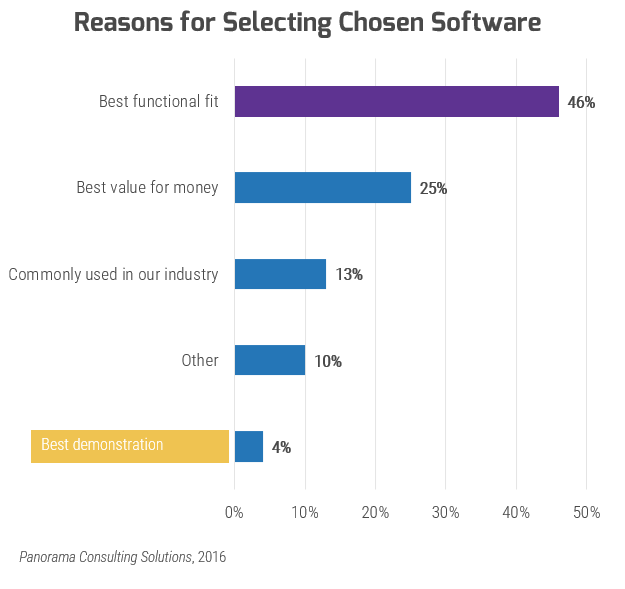

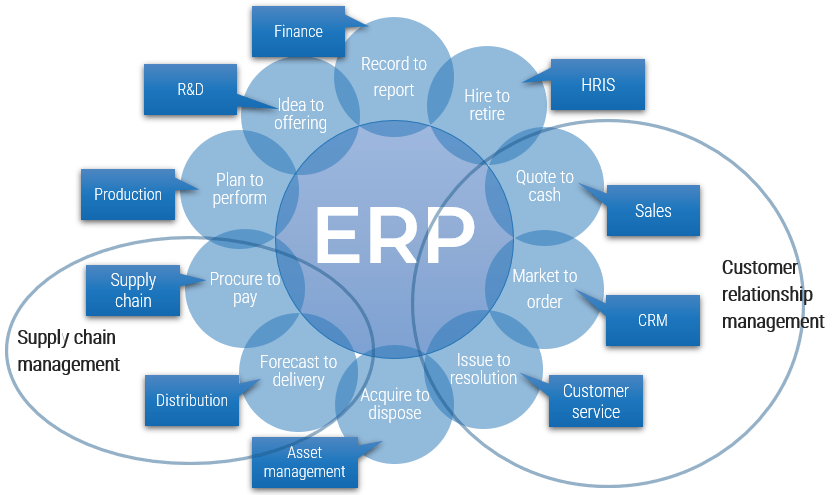
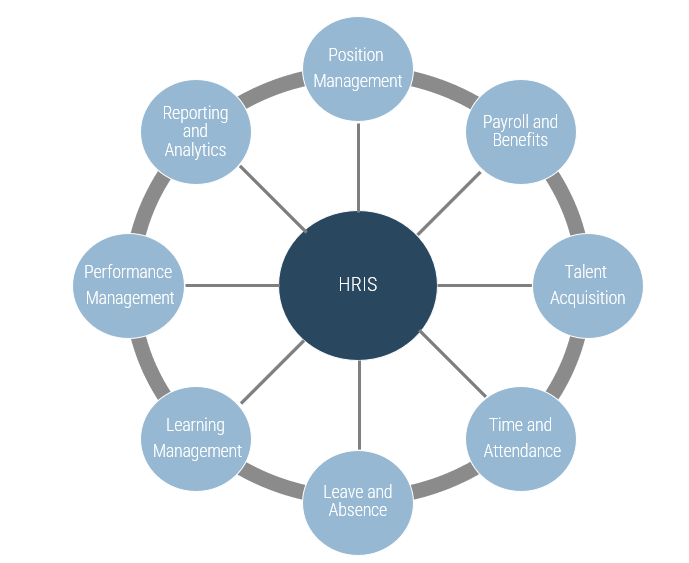
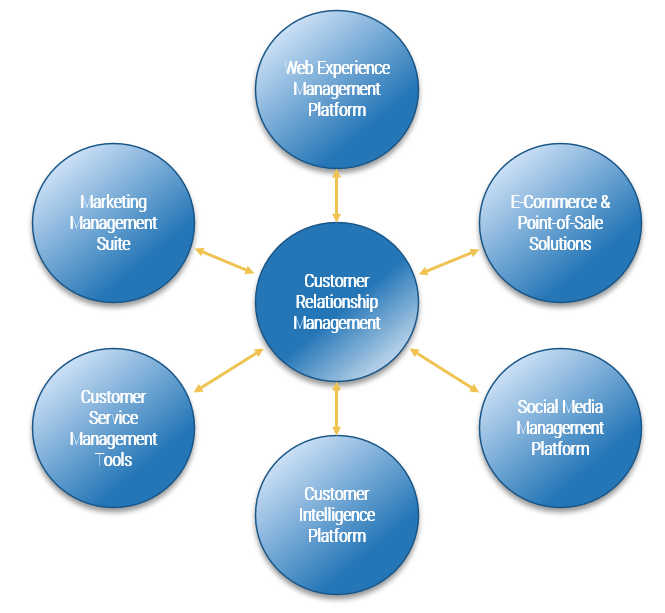

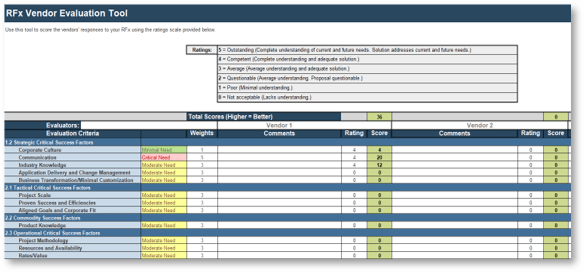

 Build Your Enterprise Application Implementation Playbook
Build Your Enterprise Application Implementation Playbook
 Master Contract Review and Negotiation for Software Agreements
Master Contract Review and Negotiation for Software Agreements
 Negotiate SaaS Agreements That Are Built to Last
Negotiate SaaS Agreements That Are Built to Last
 Governance and Management of Enterprise Software Implementation
Governance and Management of Enterprise Software Implementation
 Select Software With the Right Satisfaction Drivers in Mind
Select Software With the Right Satisfaction Drivers in Mind
 Select an Enterprise Application
Select an Enterprise Application
 Optimize Your Software Selection Process: Why 5 and 30 Are the Magic Numbers
Optimize Your Software Selection Process: Why 5 and 30 Are the Magic Numbers
 The Rapid Application Selection Framework
The Rapid Application Selection Framework
 Get the Best Discount Possible With a Data-Driven Negotiation Approach
Get the Best Discount Possible With a Data-Driven Negotiation Approach
 Craft a Customer-Driven Market Strategy With Unbiased Data
Craft a Customer-Driven Market Strategy With Unbiased Data
 Switching Software Vendors Overwhelmingly Drives Increased Satisfaction
Switching Software Vendors Overwhelmingly Drives Increased Satisfaction
 Make the Case for Legacy Application Modernization
Make the Case for Legacy Application Modernization
 Empower Solution Delivery With the Right CoP, CoE, and C4E Model
Empower Solution Delivery With the Right CoP, CoE, and C4E Model
 Enterprise Application Change: It’s All About Business Capabilities
Enterprise Application Change: It’s All About Business Capabilities
 2020 Applications Priorities Report
2020 Applications Priorities Report




